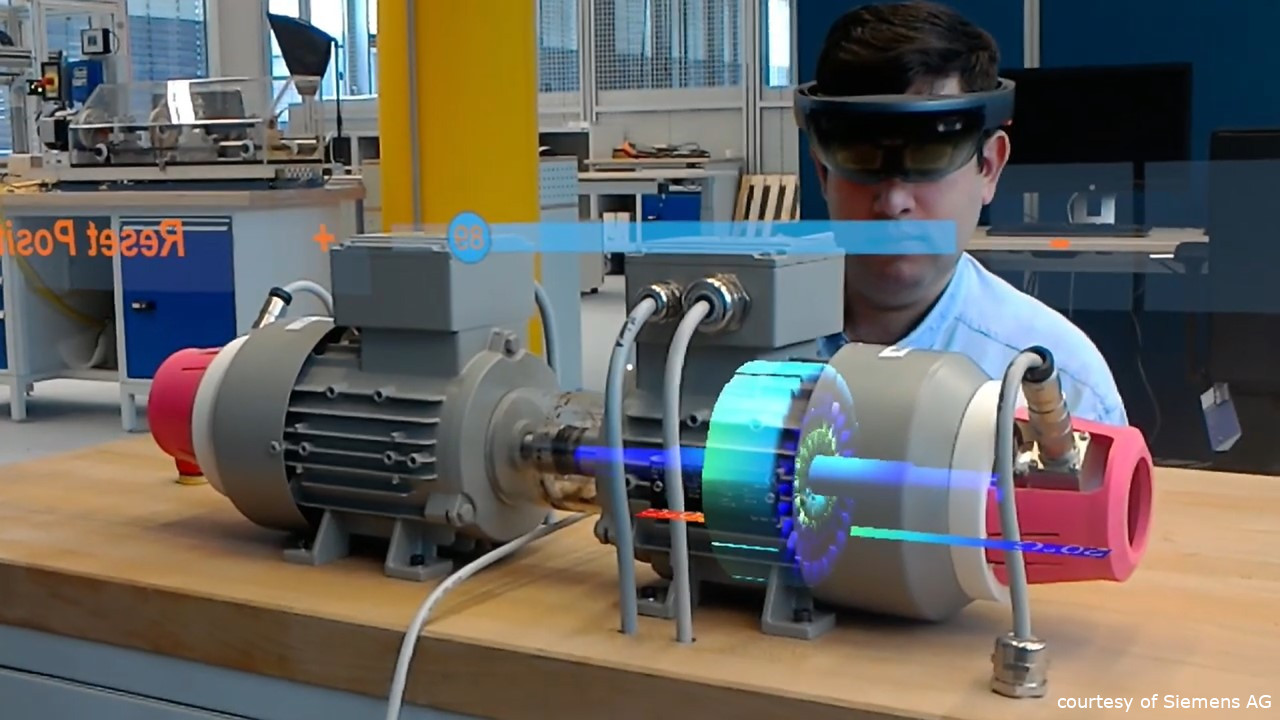research
My research interest today addresses all computational aspects around digital twins. In the past, I have furthermore worked on mathematical and computational methods for pedestrian dynamics as well as computational mechanobiology.
A Digital Twin is a specific virtual representation of a physical product, process or system. It continuously and synergistically integrates all data, models, and other information of the physical counterpart generated along its life cycle for a dedicated purpose.

Following this non-unique definition of a digital twin, the main ingredients are models and data (continuously synchronized). These , which are turned into actionable insights by corresponding computational methods. Thus, computational algorithms are a core enabler for digital twins.
While many of the ideas underlying digital twins are not new, the fundamental shift in accessibility to massive compute resources through cloud computing and accessibility to data through the internet of things, as well as significant advancements made in a range of fields from mathematics to computer science allow to materialize these ideas. Therefore, there is a significant enthusiasm for industry developments and applications of digital twins. However, the publicity around digital twins currently outweighs the evidence base of success. Manual efforts, limited trust, and lack of experts are major pain points in the overall simulation and digital twin creation process. At the same time corresponding experts are limited. Thus, novel computational algorithms are needed to overcome these challenges to meet the demands of industrial practice and finally broadly scale digital twins. Specifically, artificial intelligence and machine learning are promising technologies in this context.
Enable anyone to predict all physical behaviors with a digital twin, to any required level of accuracy and within any required time.
Closing the observed gap of state-of-the-art technology and state-of-industrial-use methods by novel computational algorithms and tools is at the heart of my research. Thereby my research address many different computational aspects and technologies
- Modeling, Simulation, and Optimization
- Model Order Reduction
- Scientific Machine Learning
- Uncertainty Quantification
- Hardware-aware Algorithms
- Realtime Simulation and Optimization
- Human-Digital Twin Interfaces (including Augmented and Virtual Reality)
For some of the realized demonstrators and prototypes, please check out the videos page or my Siemens Technology Innovation team’s blog The Art of the Possible. For more technical details on digital twins please see (Hartmann, Van der Auweraer, 2025).